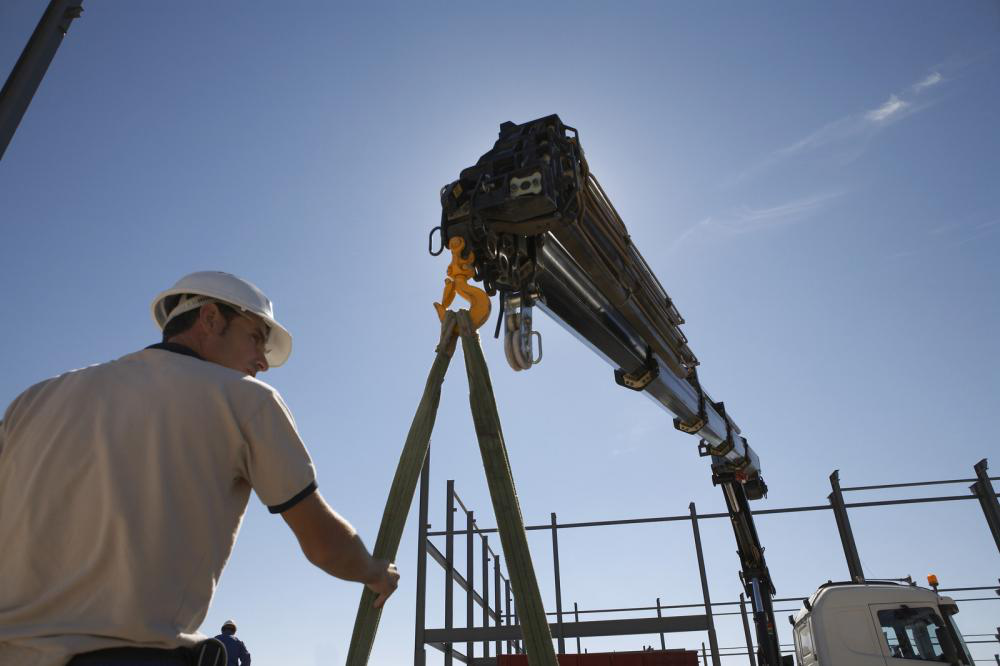The construction industry is characterized as one of the least digitized industries as it still relies on manual-intensive labor for a series of operations. Experts believe that the industry has yet to meet its absolute potential as robots don’t play a significant role—as yet—in the commercial renovation, demolition or construction processes.
In light of the creation of the perfect storm for robotics disruption in the construction industry, here are a few ways advanced and modern robots will revolutionize the industry:
1. Reduced operating costs
Implementing robotic automation in the construction processes can be a double-edged sword. On one hand, robots will increasingly benefit in automating tedious and rote tasks. The required robotic equipment will also be less expensive, precise and more efficient in the longer run in comparison to manual labor.
On the other hand, implementing robots can take away the craftsmanship aspect of a human worker handling the operations. Which is why, collaborative robots — or cobots — may just be the answer to the construction industry’s needs. These robots are designed to function alongside humans as opposed to replacing them.
The cobots can augment the overall productivity by cutting down the amount of required labor — significantly lowering the operating costs.
2. Improved efficiency on repeated tasks
Human workers tend to get tired and burnt out with their work in addition to being affected by personal and environmental problems; that’s where robots have the upper hand. They can operate indefinitely at the same quality, with the same rate, given their need for maintenance is addressed. Preventive measures of maintenance can minimize these chances, keeping the equipment up and running for a longer time period. As a result, automated systems and robots offer an unmatched level of efficiency.
An example is the SAM100 masonry robot by Construction Robotics that lays approximately 350 bricks every hour in standard patterns and courses. This is a lot faster than a lot of human bricklayers.
3. Custom and on-demand development
Construction projects traditionally have the same steps, from planning to the assembly process. However, with the advent of 3D-printing robots, the current makeup of these projects may change.

The realm of additive manufacturing presents unprecedented opportunities for scaling as well as custom development projects. If facilities have the ability to print prefabricated components on site, then this will significantly eliminate the need for transportation of large materials.
These robots have the potential to cut down project completion time, not to mention lower overhead costs and allow for on-demand project changes. If the consumer doesn’t like a particular prefab, a simple tweak can change the output — with minimal loss of time and resources as opposed to the costly conventional development methods.
Robotic automation is no more a thing of the future. If you’re looking for new or used robots from high end brands like KUKA, SCARA, ABB or more, browse through our extensive collection! We also offer robot integration services and used welding robots at affordable rates. Contact us for more information.
